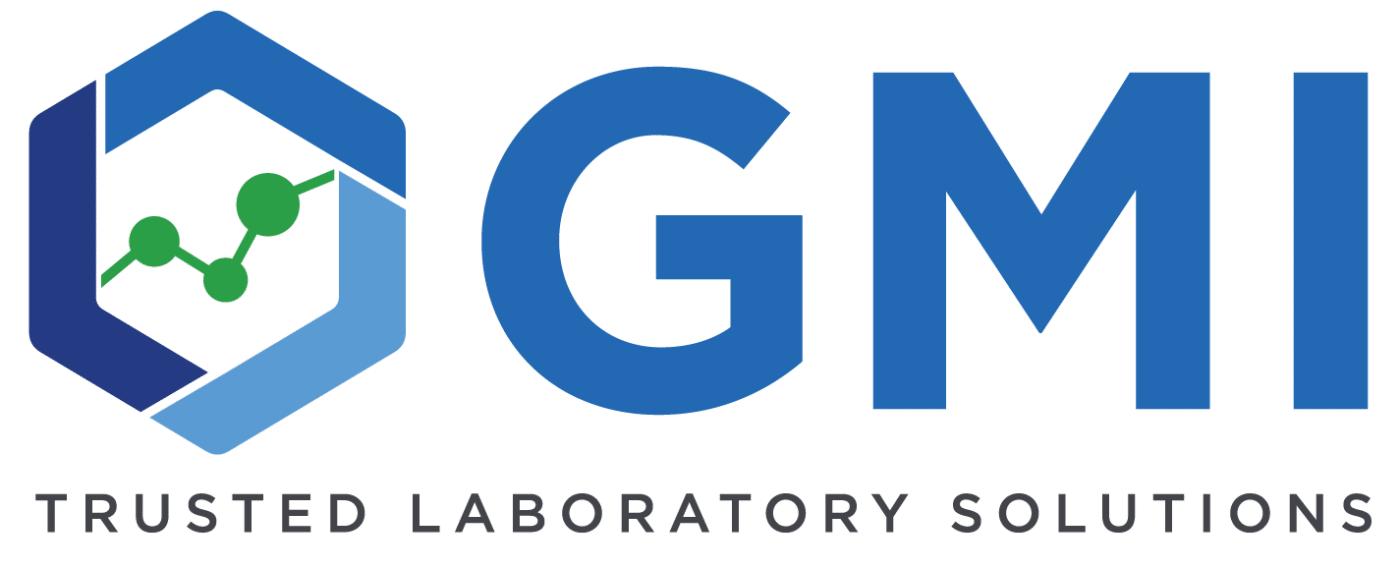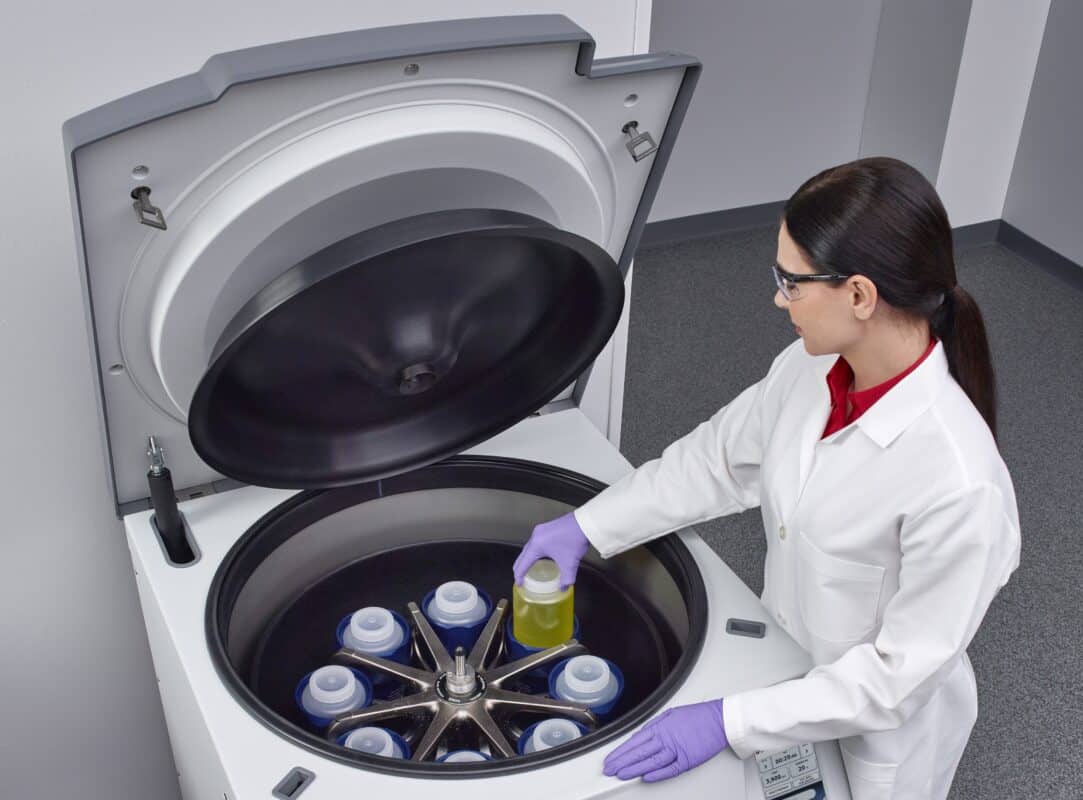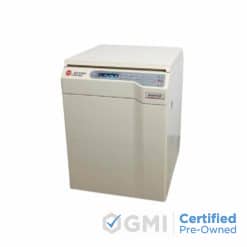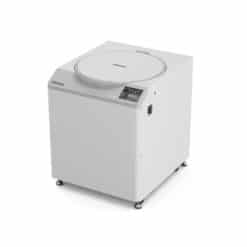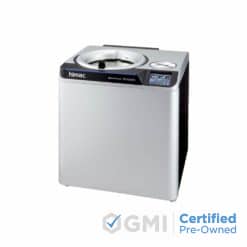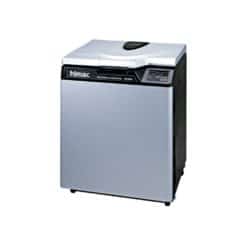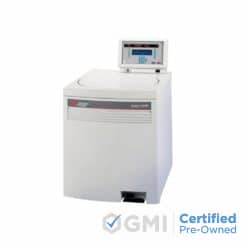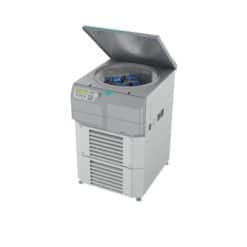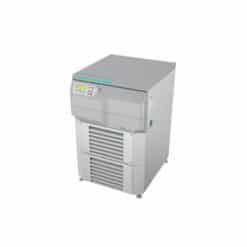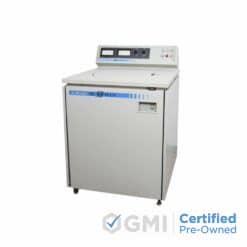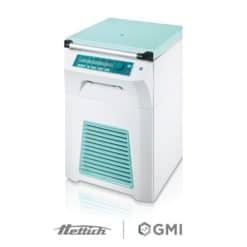No products in the cart.
Laboratory Equipment, Certified Pre-Owned, Centrifuges
High-Speed vs. High-Capacity Centrifugation Explained
Introduction
Centrifugation is a fundamental technique in various scientific and industrial applications, ranging from molecular biology and biochemistry to pharmaceuticals and diagnostics. As laboratories strive to optimize their processes, choosing the proper centrifugation method becomes crucial. This blog post explores the key distinctions between high-speed and high-capacity centrifugation, highlighting their strengths and applications.
Understanding High-Speed Centrifugation
High-speed centrifugation is characterized by the rapid rotation of samples at elevated speeds, typically 10,000 to 100,000 revolutions per minute (rpm). This type of centrifugation is ideal for applications requiring the separation of smaller particles, such as cellular components, organelles, or biomolecules like DNA and proteins.
Applications of High-Speed Centrifugation
- Cell Fractionation:
-
- High-speed centrifuges are invaluable in cellular biology for isolating specific cellular components. Subcellular organelles, such as mitochondria, nuclei, and lysosomes, can be efficiently separated based on their differential sedimentation rates.
- DNA and RNA Extraction:
-
- Molecular biology laboratories often employ high-speed centrifugation to purify nucleic acids. Researchers can achieve highly pure samples by exploiting the different sedimentation rates of DNA, RNA, and contaminants.
Understanding High-Capacity Centrifugation
On the other hand, high-capacity centrifugation prioritizes the processing of larger samples. While it may not reach the extreme speeds of high-speed centrifugation, high-capacity centrifugation excels in handling higher volumes, making it suitable for applications where sample throughput is critical.
Applications of High-Capacity Centrifugation
- Bioprocessing and Fermentation:
-
- High-capacity centrifuges are vital in large-scale bioprocessing and fermentation in industrial settings. They can handle substantial volumes of cell cultures and facilitate the separation of cells, media, and products.
- Clinical Diagnostics:
-
- Clinical laboratories dealing with high sample volumes benefit from high-capacity centrifuges in applications like blood banking, where large quantities of blood components must be separated for diagnostic and therapeutic purposes.
Choosing the Right Centrifugation Method
- Sample Characteristics:
-
- Consider the size and nature of your samples. High-speed centrifugation is ideal for smaller particles, while high-capacity centrifugation excels with larger volumes.
- Application Requirements:
-
- Assess the specific requirements of your application. If rapid separation of cellular components or biomolecules is crucial, high-speed centrifugation may be more suitable. High-capacity centrifugation is preferred for applications demanding high throughput and larger sample volumes.
Conclusion
In centrifugation, choosing high-speed and high-capacity methods is not a one-size-fits-all decision. Laboratories must carefully evaluate their unique needs and application requirements to make an informed choice. Whether seeking precision in molecular biology research or efficiency in large-scale industrial processes, understanding the nuances of high-speed and high-capacity centrifugation ensures that laboratories harness the full potential of this indispensable technique.
Schedule a free consultation to learn more about our selection